Five gadgets for serious gamers

Roula Khalaf, Editor of the FT, selects her favourite stories in this weekly newsletter.
The racing sim that’s miles ahead
As a teenager I was once described by a friend as an “objectively bad driver”, but I’m hoping that the crimson Ferrari F2004 that took Michael Schumacher to a record 13 victories in a season can do similar wonders for me. I’m on the Monza racetrack in northern Italy with it all to play for. I put my foot down on the main straight, hitting 320kmph before losing control in a hairy chicane. As the wheels skid across the grass, my arms strain to contain the steering wheel and my whole body judders. The Ferrari spins before slamming into a wall with a jolt. Perhaps my friend was right.
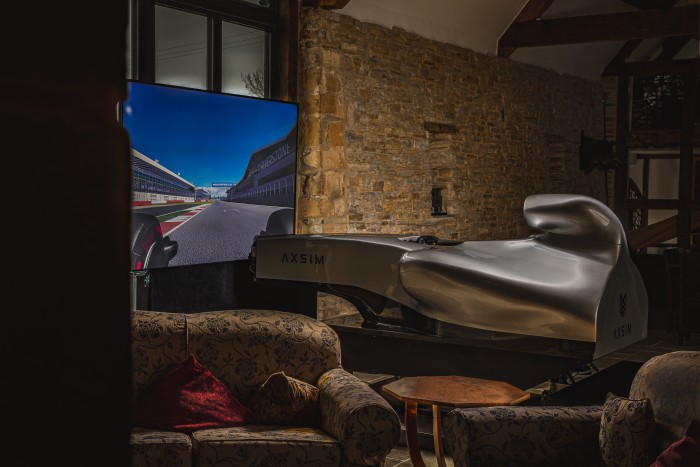
I’m not actually driving the great German’s car at the Italian Grand Prix, of course. I’m behind the wheel of an extraordinarily realistic simulation created by Axsim, a spinoff from Cranfield Aerospace, the engineering company that for 25 years has produced fighter-jet and motorsport simulators for the military and professional racers respectively. The technology behind the Formula Simulator is used by F1 and Nascar teams – but this machine is available to members of the public with money to spare. The machine, which connects to any monitor, has the form of an F1 car: you fold yourself inside before stretching out your legs. It has a real steering wheel – complete with paddles and buttons – and hydraulic pedals that take some force to get going. Its physicality is addictive: it’s fitted with the only haptic technology approved by the FIA (motorsport’s governing body), so it rocks and gyrates with every acceleration and turn.
You can choose from countless cars – vintage and contemporary – and the simulator will mimic the feel of that model. And the software uses laser scans of the world’s biggest race circuits so that each real-life bump in the track surface is replicated on the screen, and through every bone in your body. The options for customisation – adding cars, tracks and functions – are endless. For professional racers, it’s clearly very useful. For everyone else, it’s just unbelievably fun. Axsim Formula Simulator from £39,900 (more compact models available from £16,400), axsim.racing
Like a Game Boy with benefits
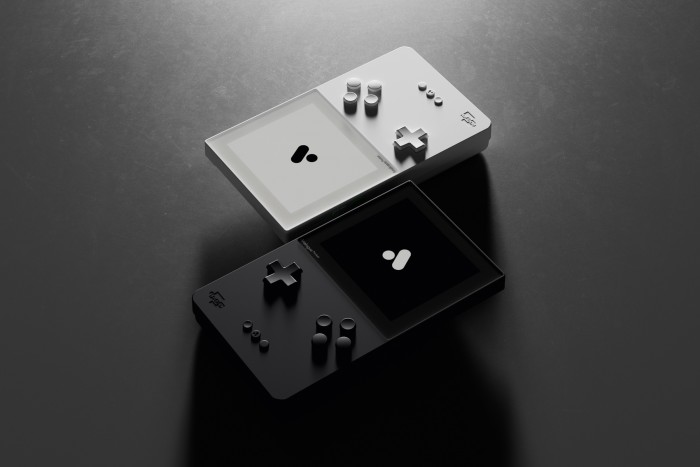
Thank you, Analogue Pocket, for reminding me that it is indeed possible to while away a night – or was that a weekend? – in Super Mario Land. This console will have you pulsing with dopamine and tingling with nostalgia. Made by a startup not linked to Nintendo, it is essentially a Game Boy 2.0 (don’t worry, it’s entirely legal). It mimics the form of the now-extinct handheld and runs the 2,780-plus original Nintendo games. But it has been given a 21st-century glow-up, with a gorgeous matte black (or white) finish and a backlit LCD screen whose resolution is 10x sharper than the original Game Boy. Pure kryptonite for a Gen Xer or millennial whose heart is still in the ’90s. Analogue Pocket, $219, analogue.co
An out-of-this-world Alienware gaming screen
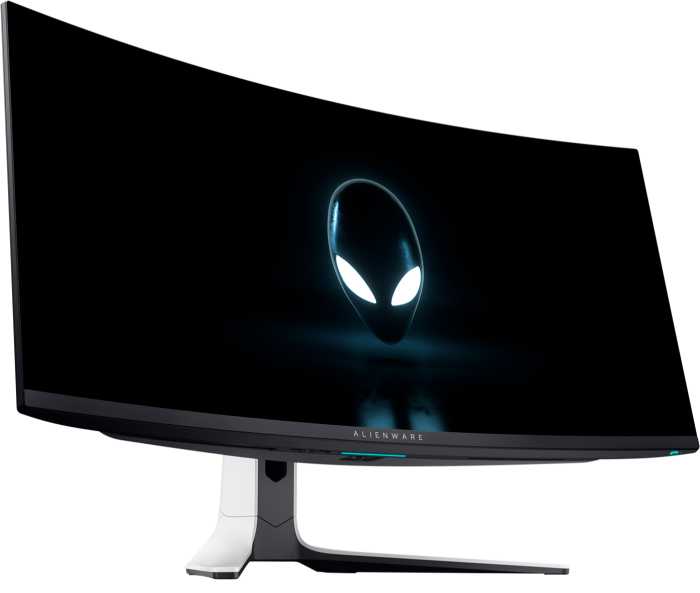
With an elongated screen that boasts pin-sharp clarity and curves gently like a just-unfurled belt, the new 34in gaming monitor from Dell-owned Alienware is a novel release. It’s the first desktop monitor to be fitted with Samsung’s new Quantum Dot OLED panel (coming to the Korean brand’s TVs this year), which combines the brightness of QD with the high contrast and true blacks of OLED. It looks super-sharp to the naked eye, with a 3440x1440 resolution, a 175Hz refresh rate and a 0.1ms response time. Oh, and it perches on a stand that enables it to swivel and slide up and down to meet you on your level. Alienware AW3423DW monitor, $1,299, dell.com
A Steam-driven portable console
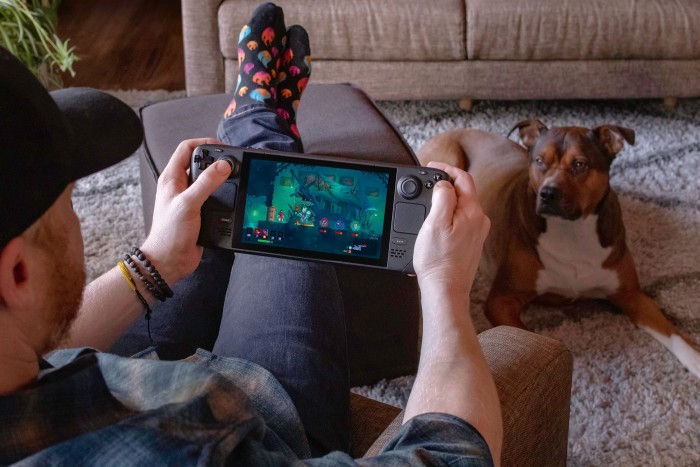
Fancy playing your favourite PC games on the go? For the first time, you can. Steam, the world’s biggest PC game distributor, has launched a handheld console. The Steam Deck, which doubles as a mini Linux PC, is hugely impressive yet very much a work in progress. It’s sturdily built and comfortable to hold, but its fan whirs audibly and some games glitch. Valve, Steam’s owner, says it will be continually updating the software, so things should become smoother by the day. Although currently far from perfect, it is a trailblazer. It’s available to pre-order and will ship towards the end of the year. Steam Deck, $399, store.steampowered.com/steamdeck
Headphones that just keep on playing
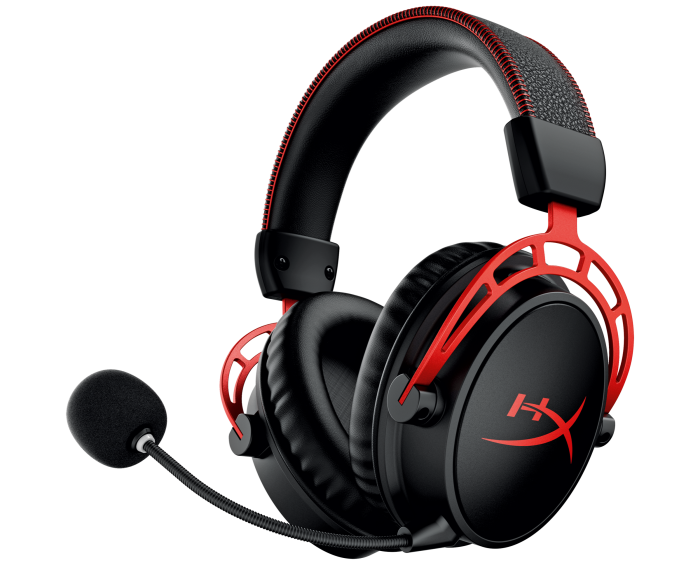
These new wireless headphones from gaming specialist HyperX promise up to 300 hours of running time – on 50 per cent volume – before needing recharging. That’s a month of games. Given that the average stamina for good wireless headphones is about 30 hours, it’s a remarkable feat (HyperX cites developments in chip and battery technology). The Cloud Alphas are decent headphones anyway, with a fairly light aluminium frame, a removable noise-cancelling microphone, enhanced simulated surround sound, and meaty, dual-chamber 50mm drivers. But, really, you’re getting these so you can enjoy time away from wall sockets. Cloud Alpha, £189.99, hyperxgaming.com
Comments